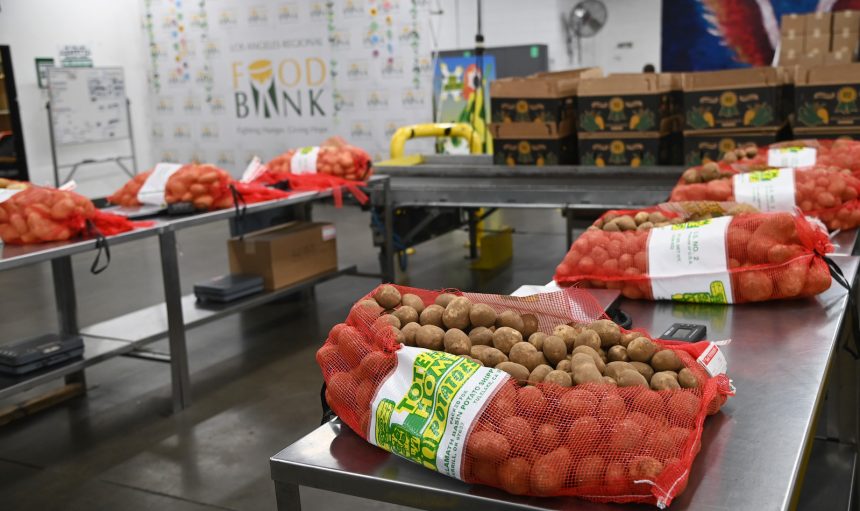The latest annual impact report from the Global Foodbanking Network, a nonprofit organization that collaborates with regional food banks in over 50 countries to combat hunger, revealed that its member organizations distributed 1.7 billion meals to more than 40 million individuals in 2023. By rescuing surplus food from farms and wholesale produce markets, these organizations managed to offset an estimated 1.8 million metric tons of carbon dioxide equivalent. The high demand for food banks persists, with the Global Foodbanking Network serving nearly as many people as it did during the peak of the COVID-19 pandemic in 2020.
To address this ongoing need, many of GFN’s member organizations have focused on agricultural recovery efforts, salvaging food that would otherwise go to waste. By intercepting perfectly good food before it ends up in landfills, food banks are not only helping alleviate hunger but also reducing harmful greenhouse gas emissions. These initiatives demonstrate the dual impact of food banks in addressing food insecurity and environmental protection.
A recent analysis by the United Nations Environment Programme revealed that 13% of food is lost during the journey from producers to retailers, while another 19% is wasted by retailers, restaurants, and households. The scale of global food waste has significant climate implications, contributing to approximately 8% to 10% of greenhouse gas emissions. By rescuing more surplus food and redirecting it to those in need, food banks play a crucial role in reducing food waste and its environmental impact.
To expand their redistribution capacity, GFN member organizations are collaborating closely with farmers to repurpose surplus food that would otherwise go to waste. Through innovative approaches like virtual food banking, these organizations are leveraging technology to connect surplus food with beneficiaries directly. As a result, fruits and vegetables now constitute the largest portion of food redistributed by GFN members, with efforts to recover fresh produce still in the early stages.
GFN’s calculation of 1.8 million metric tons of mitigated carbon dioxide equivalent was based on the Food Loss and Waste Protocol developed by the World Resources Institute. While uncertainties exist regarding the ultimate fate of rescued surplus food, GFN’s estimate serves as a valuable proxy for determining the environmental impact of food banks. By continuing to focus on agricultural recovery and food rescue initiatives, GFN and its member organizations are making significant strides in reducing food waste and greenhouse gas emissions.





